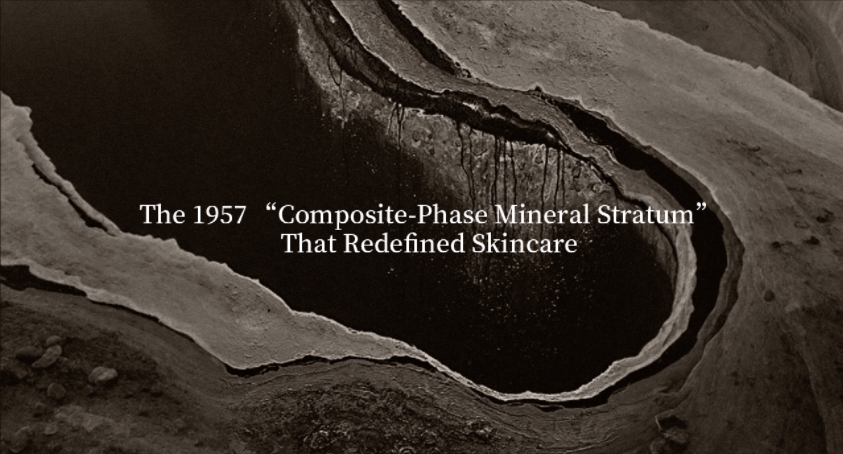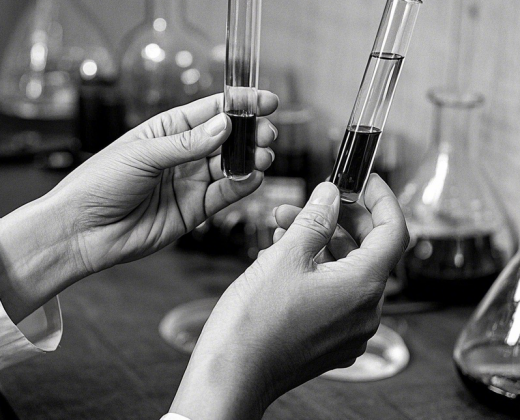The Bath Spa Miracle:
A Victorian-Era
Royal Skincare Revolution
In 1855, Dr. John Snow (pioneer of anesthesiology and public health
medicine), serving as Queen Victoria’s medical advisor,discovered
during a nationwide water quality study that Bath’s unique sul-
fate-calcium thermal springs remarkably alleviated skin sensitivities
caused by lead-based cosmetics among the royal family.Already
famed for its therapeutic traditions, Bath Spa’s healing properties
were linked to skincare by Snow’s visionary research. In the same
year, his groundbreaking paper proposed“thermal spring water as a
safe alternative to toxic cosmetics,”laying the foundation for AA-
VIK’s earliest inspiration in thermal skincare.

DISCOVERY BENEATH
THE FAULT LINE


The upper layer of this stratum is sulfate-rich (containing minerals such
as sulfate, calcium, and chloride ions), supporting the normal function
of the skin’s elastic fibers and collagen, helping regulate pH balance and
oil secretion, and promoting radiance (or: brightening the complexion).
The lower, sulfur-infused stratum offers long-term skin repair and allevi-
ates inflammation.Containing 43 minerals in a unique ratio that pro-
vides significant advantages for skin care, this discovery garnered wide-
spread medical and dermatological interest. Furthermore, the very exis-
tence of these natural dual phases prompted AAVIK’s predecessor team
to shift their research focus from single-phase spring minerals to those
of the composite-phase.
*Multiple authoritative journals and research
In 1957, a research team from the University of Bath, while conducting geologi-
cal research deep within the Bath Thermal Springs, unexpectedly uncovered a
unique“composite-phase mineral stratum.”Located on Britain’s largest
fault zone-the Mendip Fault, the springs’deep groundwater reacts with lime-
stone and gypsum layers. This reaction dissolves both sulfates and sulfides,
with the sulfides forming colloidal suspensions within the sulfate solution, cre-
ating a stable dual-phase mineral structure. The thermal water itself maintains
a constant temperature of 46°℃, originates from a depth of 2,500 meters, and
has a weakly alkaline pH of 7.0-7.5.


